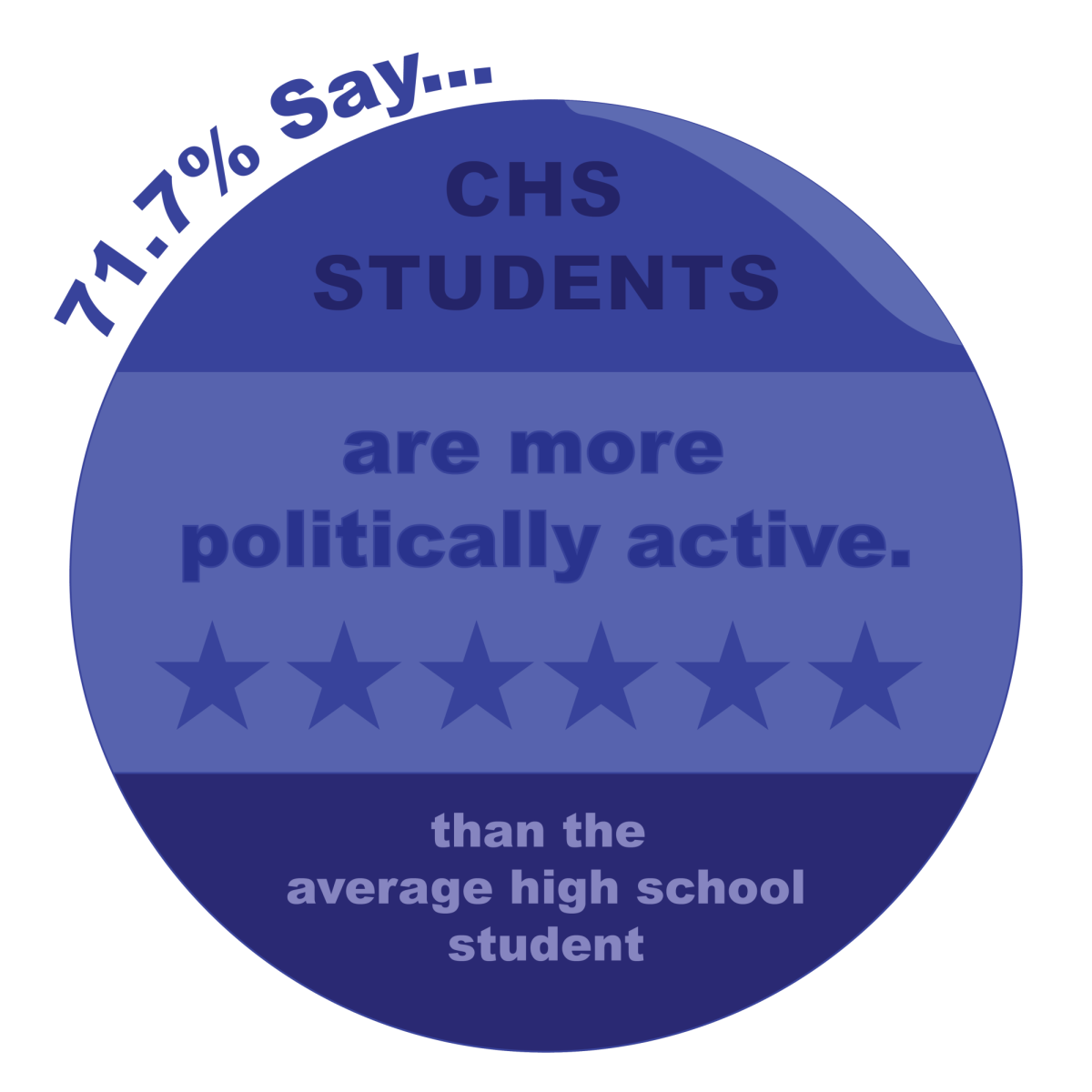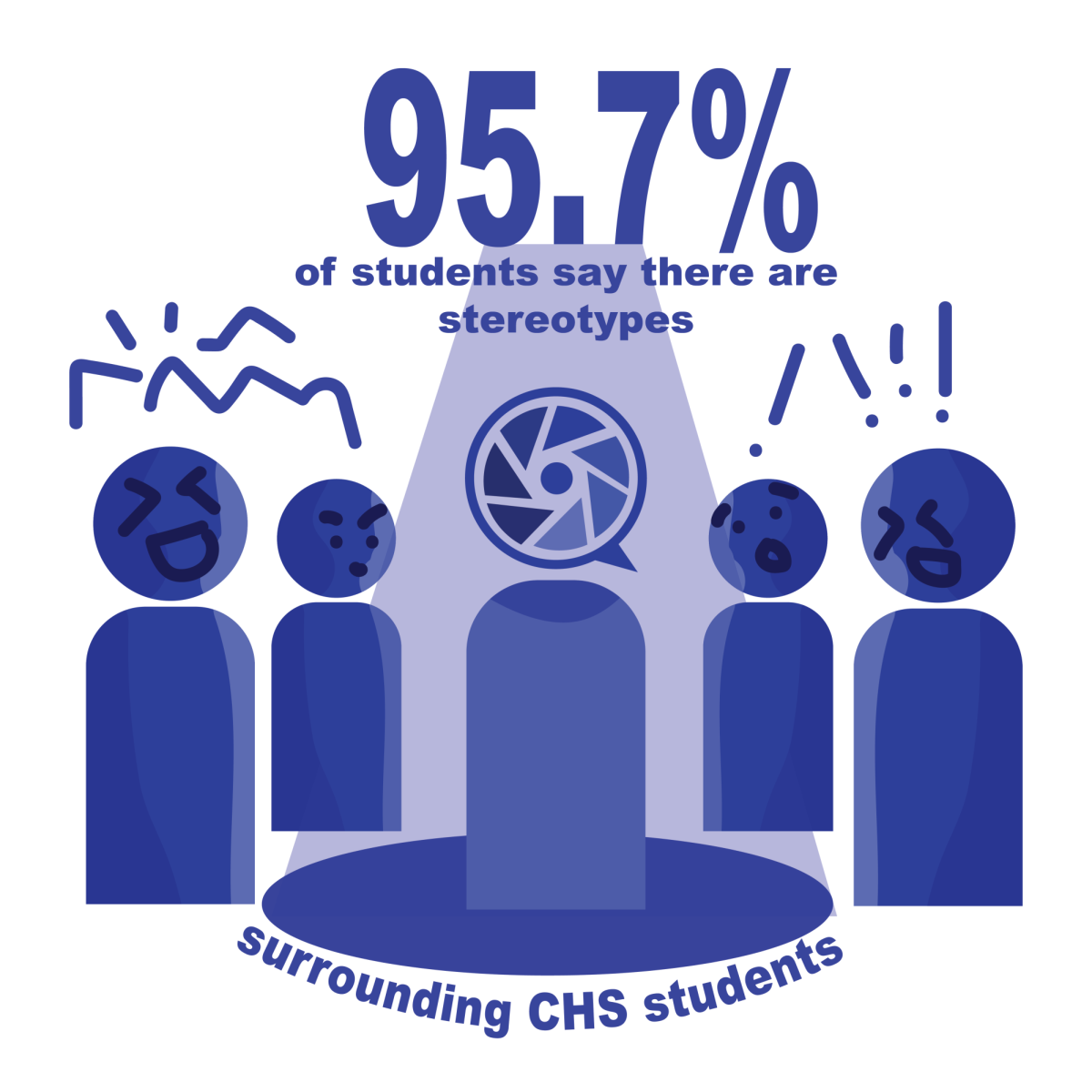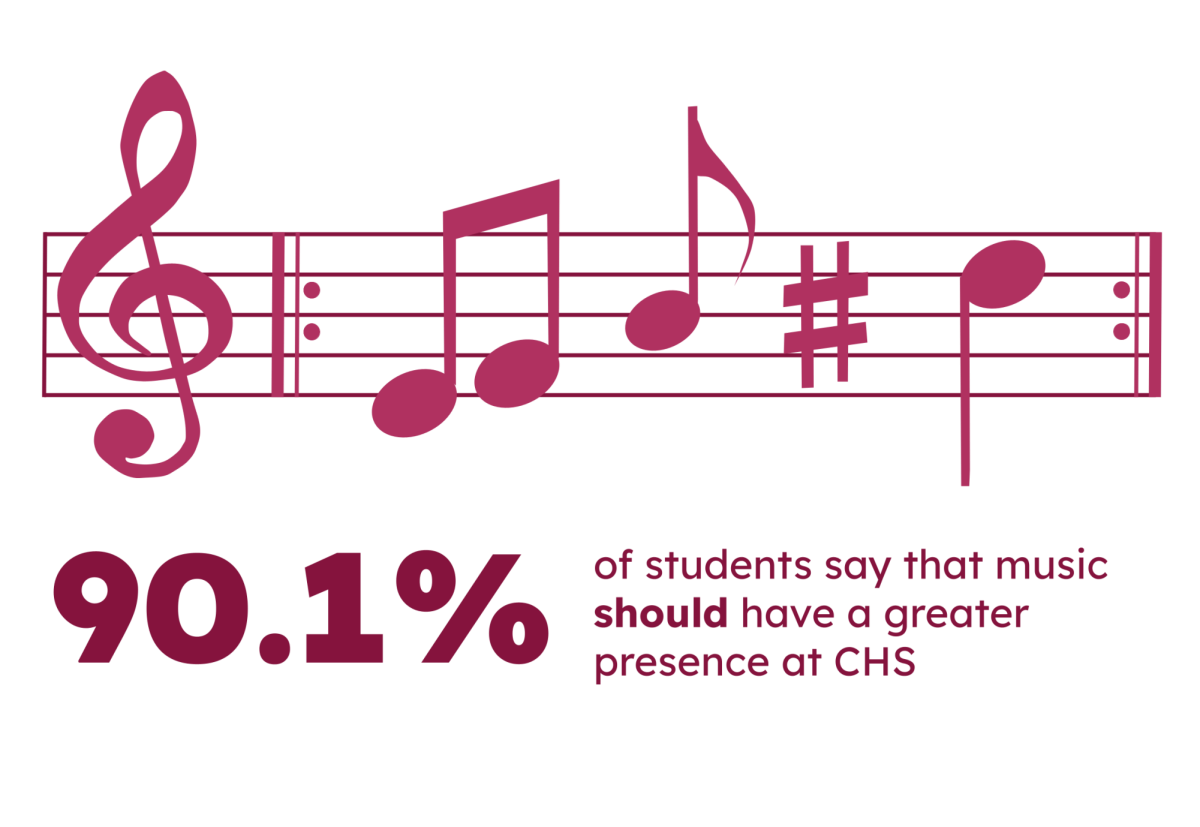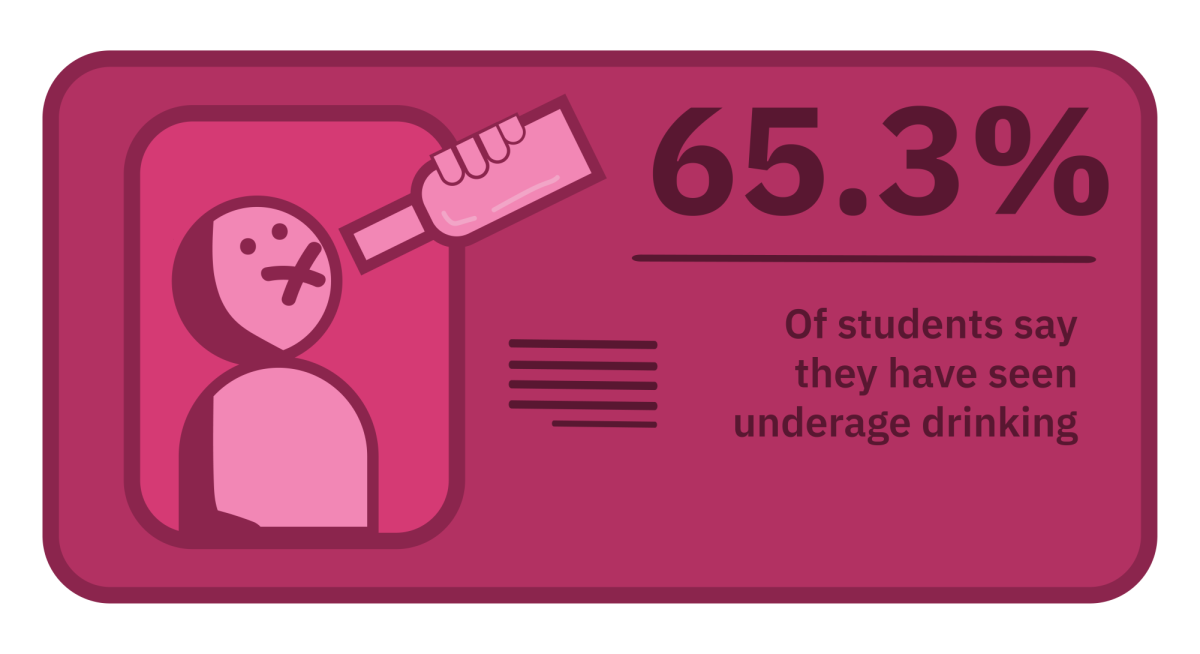The summer before senior year is paramount to the success of high school students’ higher education. For most students, this period is the last opportunity to add to their resumes and college applications. While students might be completing internships, racking up volunteer hours or studying for standardized tests, some choose to spend a few weeks on a college campus, taking classes based on their interests and gaining exposure to college life.
A fraction of Communications High School students choose to complete their pre-colleges at elite universities when given the opportunity to pick a school of their choosing.
Senior Ava Luu of Cream Ridge was among these students and close to do her pre-college at renowned Ivy League and top- five school by U.S. World and News Report Yale University.
“I chose to do a pre-college because I thought it would be a good experience, and I’m planning to major in the business field,” Luu said. “[Yale has] one of the best business schools.”
Similarly, senior Diana Xiao of Marlboro did a pre-college this past summer at Washington University in St. Louis, a top 30 university, in the Sam Fox School of Design & Visual Arts, concentrating in Drawing and Communication Design.
“I learned a lot about using charcoal, Adobe, and adding depth to my artworks,” Xiao said. “It was also a good chance to practice living by myself.”
Not only did the opportunity provide Xiao with a look into college life and a unique curriculum, it gave her insight into her college decision, a fast-approaching commitment for many high school seniors.
“The program convinced me to apply Early Decision to Sam Fox [School of Design & Visual Arts].”
Although these pre-college programs can be helpful to a student in a similar situation to Xiao’s, many agree these programs are still not worth their expensive price tag.
“I really liked that I was able to get real-world experience, but I also feel like I could have gotten that exposure elsewhere and not for $3,000,” Luu said.
According to Forbes, pre-college programs can cost upwards of almost $5,000, with some seven-week programs costing more than $11,000. That is larger than the average in-state tuition for some states in the 2021-2022 academic year.
“I’m very grateful for the experience,” Luu said. “But, I do think there are many cheaper alternatives that can look just as good on applications and make a difference.”










